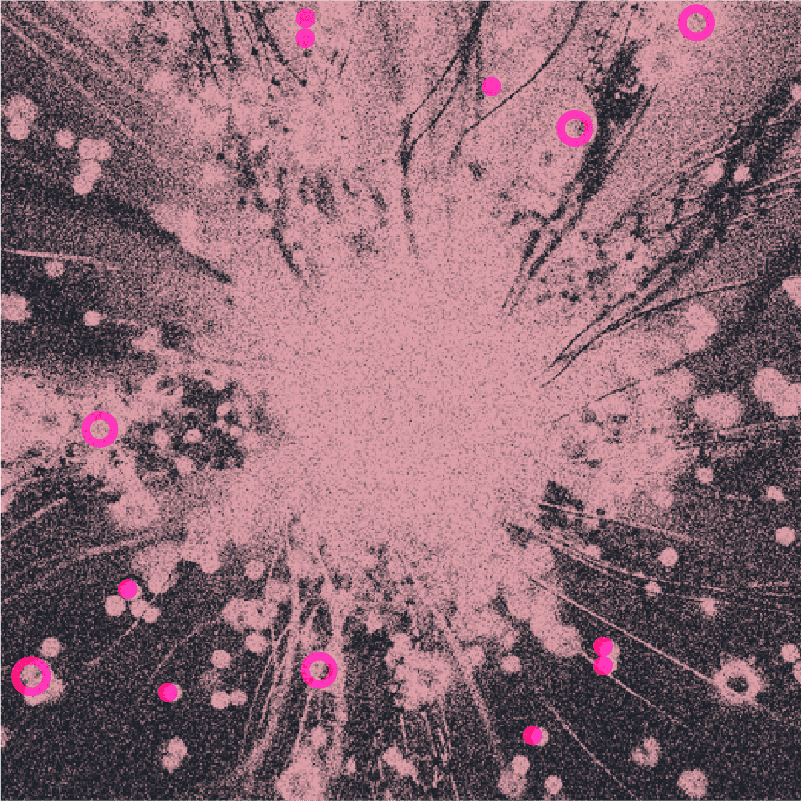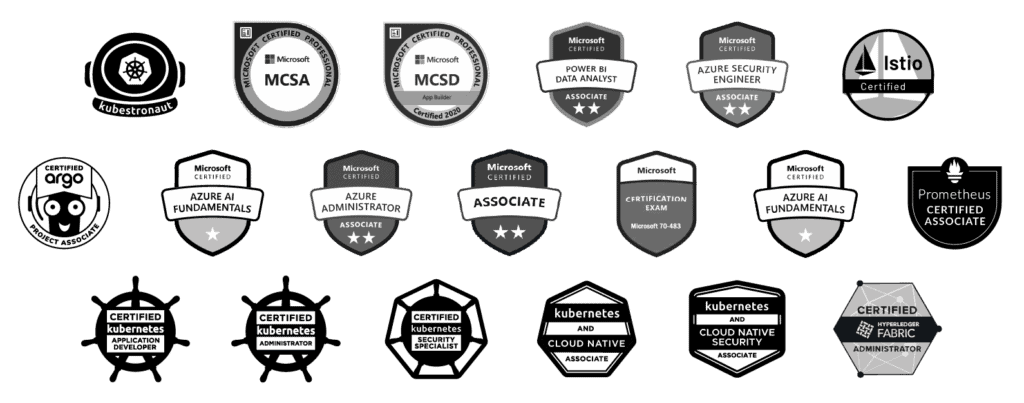In the bustling world of laboratories, where breakthroughs are born and discoveries await, a new frontier beckons—one where machines converse fluently, operations hum with efficiency, and data analysis unfolds seamlessly.
But before we dive into this possibility, let’s confront a stark reality: Why, amidst the whirlwind of technological advancement, do laboratories still grapple with fragmented communication, manual processes, and data silos?
Consider This
Despite the promise of innovation, a staggeringly large percentage of laboratory workflows remain reliant on manual intervention, leading to bottlenecks, errors, and missed opportunities for optimization. Moreover, the demand for precision in research and diagnostics has never been greater, yet traditional methods often fall short of delivering the accuracy and speed required to meet these lofty standards.
Now, imagine a laboratory where machines communicate effortlessly, sharing insights in real-time, orchestrating workflows with precision, and unlocking new possibilities for discovery. Enter IoT, the catalyst for this transformative leap forward. But we’re not stopping there. We’re harnessing the power of digital twins—virtual replicas of physical assets—to supercharge this communication, creating a symbiotic relationship between the digital and physical realms.
Picture this: a laboratory where equipment, sensors, and devices are interconnected, exchanging data seamlessly through ROS2, the next frontier in IoT advancements. Digital Twins, powered by AI/ML capabilities at the edge, not only mirror the behavior of their physical counterparts but also anticipate and adapt to changes in real-time, optimizing processes and unlocking insights that were once hidden in the depths of data overload.
But Let's Not Sugarcoat It
The path to this utopian vision isn’t without its challenges. Skeptics may question the feasibility of integrating IoT and Digital Twins into existing laboratory infrastructures, citing concerns about compatibility, cybersecurity, and scalability. But as pioneers in this field, we refuse to be deterred. We see these challenges as opportunities for innovation and progress.
With technologies like ROS2, Digital Twins, and AI/ML capabilities at the edge, we’re poised to revolutionize laboratory operations, automating processes, enhancing precision, and enabling real-time monitoring and adjustments. But to realize this vision, we must embrace the transformative power of IoT and Digital Twins, unleashing their full potential to redefine the landscape of laboratory operations.
The time for transformation is now. Join us as we embark on this journey to unlock the full potential of laboratories, paving the way for a future where innovation knows no bounds.














